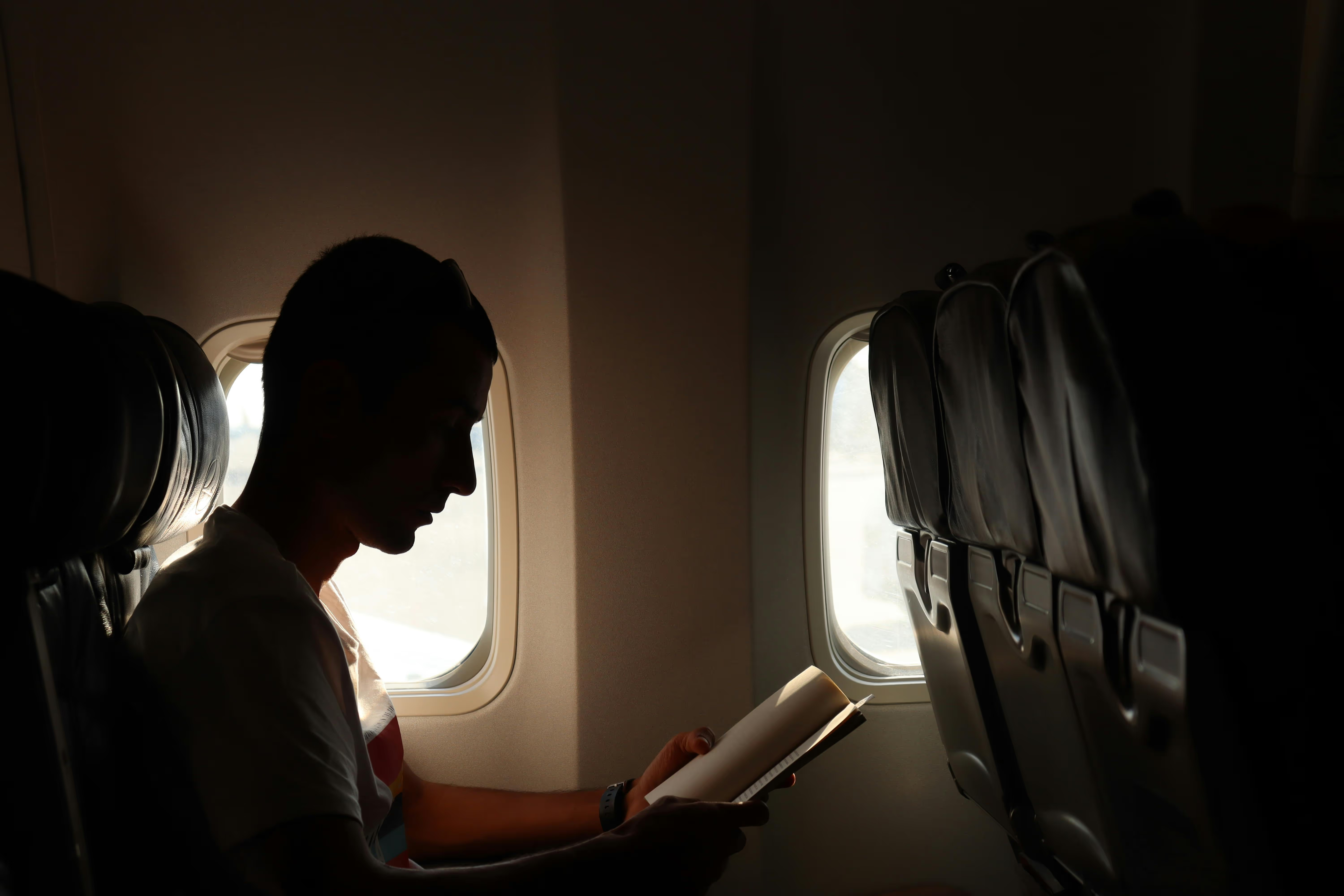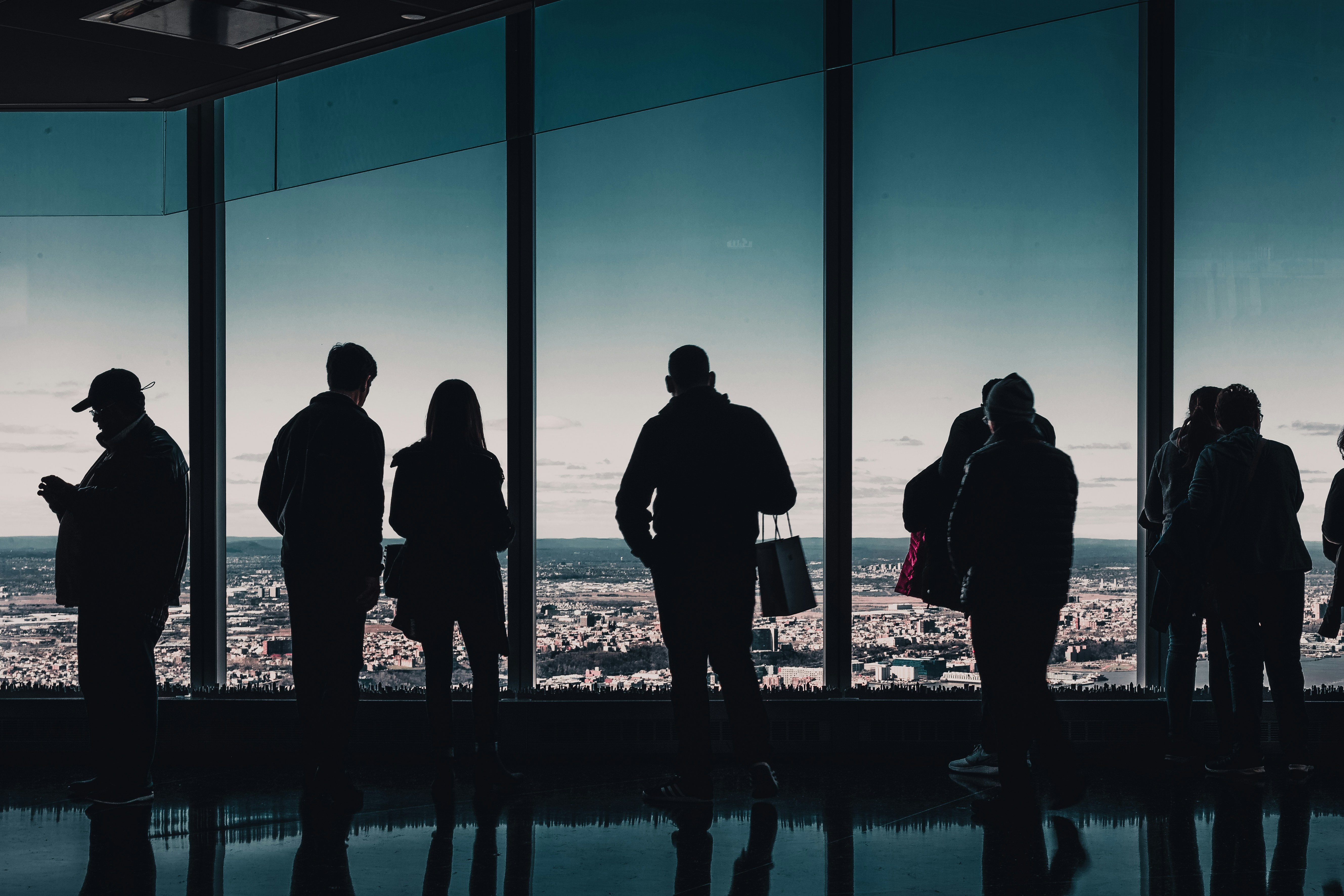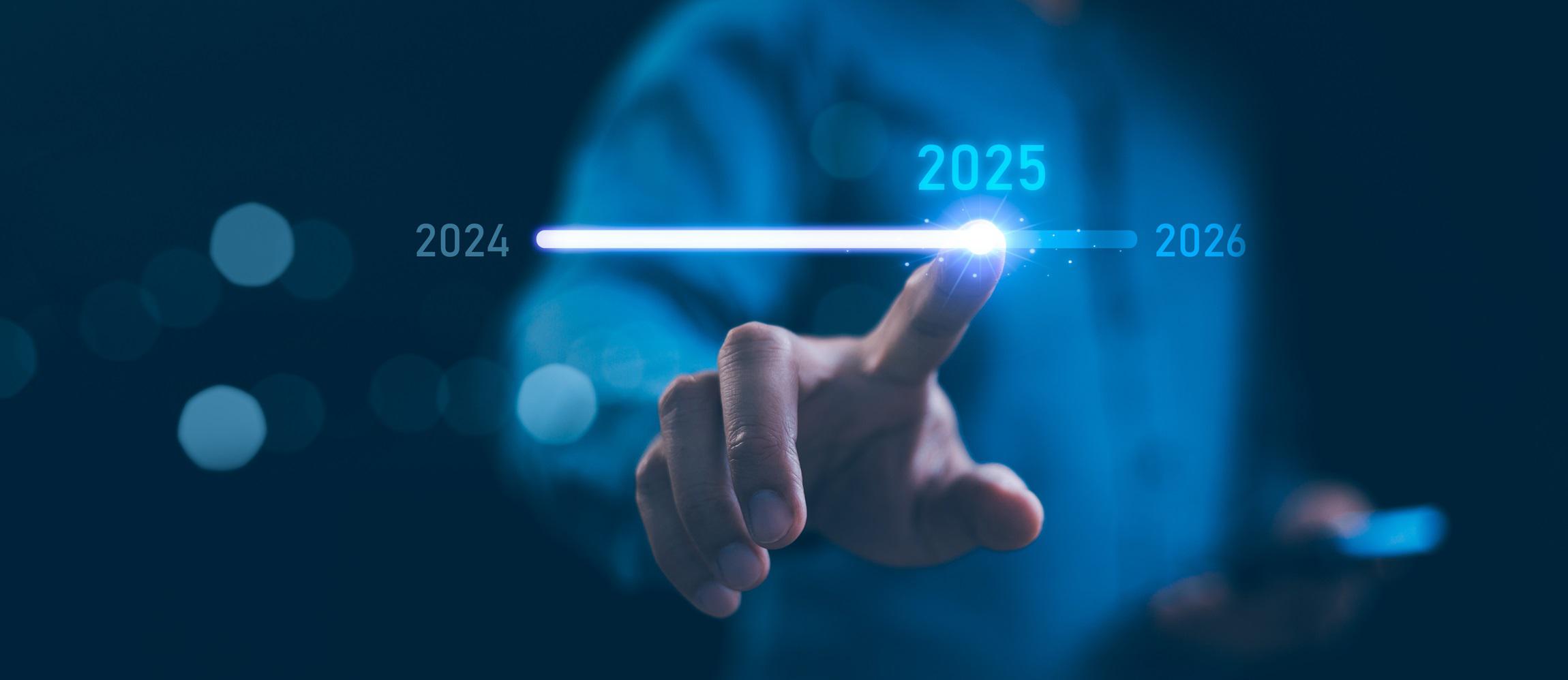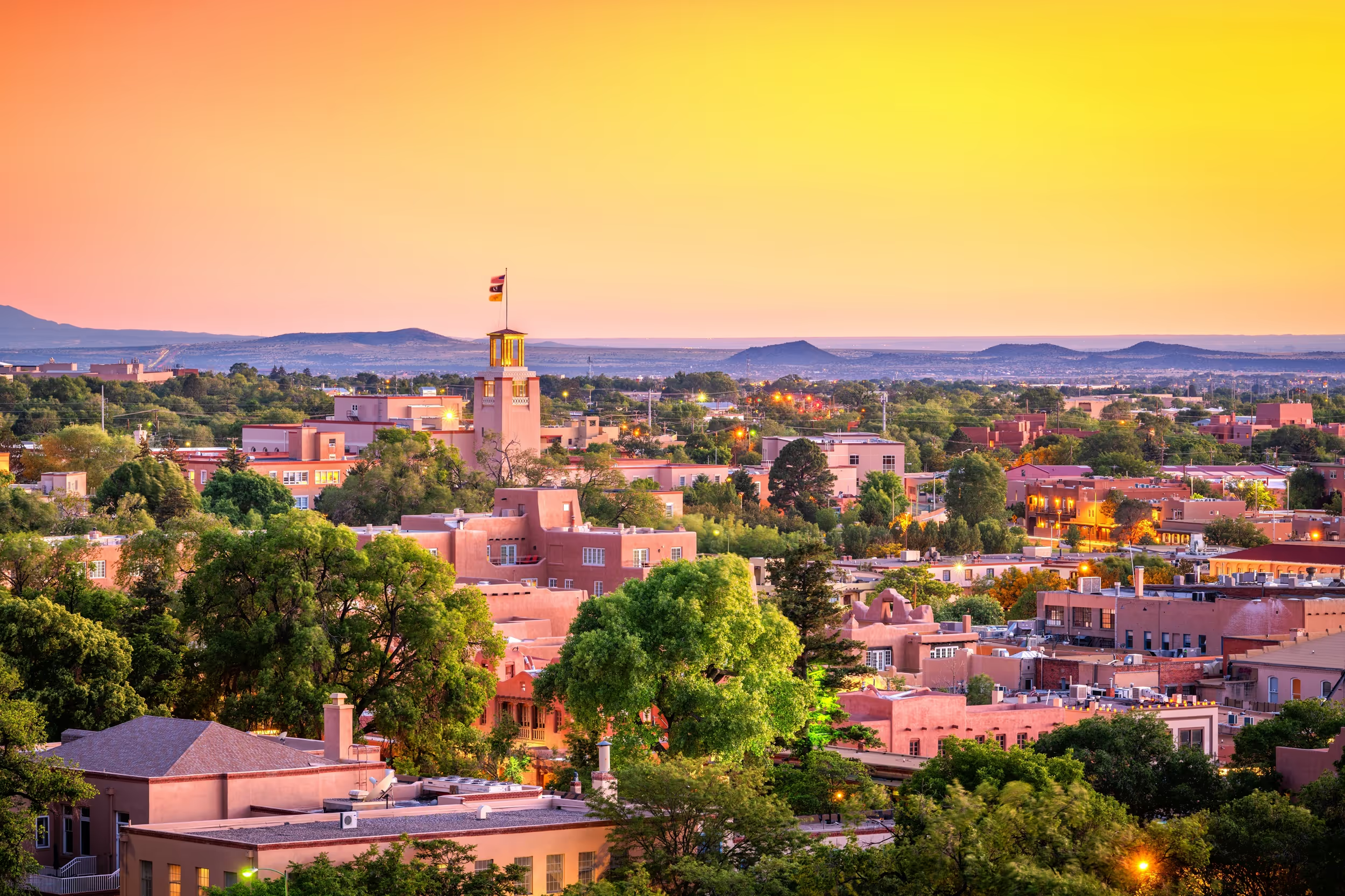How to find red-eye flights: 10 tips for business travelers

Every minute counts in business travel, meaning red-eye flights are a great option if you’re seeking ways to maximize your time. These overnight flights allow you to travel while you sleep and arrive at your destination early in the morning, ready to start your day.
This article covers how to find red-eye flights, their pros and cons, and tips for making the most of your moonlit travel.
What are red-eye flights?
A red-eye is an overnight flight that typically departs late at night and arrives early in the morning. The name comes from the red, tired eyes passengers often have due to disrupted sleep.
Red-eye flights are common on transcontinental routes in the U.S. and international flights to Europe and Asia. Airlines like Delta, American Airlines, and United frequently offer these runs.
Are red-eye flights more dangerous?
Pilots on red-eye flights must adhere to the same rest requirements as those flying during regular hours, and airlines schedule crew rotations and mandatory rest periods to reduce fatigue-related risks. So, late-night flights are no more dangerous than daytime flights.
If you’re concerned about how your own fatigue could affect your travels, take precautions by resting well before a red-eye flight and staying hydrated to avoid exhaustion when you arrive at your destination.
Pros and cons of red-eye flights
While they’re not more dangerous, red-eyes aren’t for everyone. Here are the advantages and disadvantages of flying at night.
Pros
- Efficiency: Since red-eye flights operate overnight, they help business travelers avoid spending valuable daytime hours in transit. You take your flight after an entire workday, sleep while traveling, and arrive in time for morning meetings.
- Lower fares: Late-night flights are often cheaper than daytime flights because demand is lower, which helps businesses save money on travel expenses. For example, a one-way red-eye flight from Los Angeles to New York can cost 10-20% less than a mid-day flight.
- Fewer crowds: If you dread waits and lineups, airports are generally less crowded at night. A nearly empty airport means shorter security lines, faster boarding, and a more relaxed travel experience.
- Better seat availability: Because red-eye flights aren’t as busy, you’re more likely to find premium seats at a reasonable price—you could get extra legroom or first-class upgrades!
Cons
- Schedule disruption: Red-eye flights can leave you groggy, especially if you don’t sleep well on planes, which could affect your productivity the next day.
- Limited amenities: Airport restaurants and lounges are often closed during late-night hours. And some airlines only offer light snacks like pretzels or cookies instead of full meal options.
- Reduced services: Flight attendants may not be as active in providing service to avoid disturbing you and other sleeping passengers.
How to find and book red-eye flights
Here are a few easy ways to catch your next red-eye deal.
Airline websites and apps
Most airline websites offer filters to search for red-eye flights. Look for flights departing between 9 PM and 1 AM and arriving between 5 AM and 7 AM. Airlines like Delta, American Airlines, and United often have multiple red-eye options, and search engines like Google Flights allow filtering by departure time.
Travel management tools
Using travel management platforms like Engine can simplify your search for red-eye deals. Engine helps business travelers find the best overnight flights, book accommodations, and organize trips—all in one place.
Corporate travel agents
Companies that rely on frequent business travel often work with corporate travel agents to find efficient flight options, including red-eyes.
Hot tip: Consider a flexible ticket on your red-eye flight. It may cost a bit more upfront, but avoiding pricey rebooking fees if your plans change is worth it—you can adjust your flight without the stress!
Tips to prepare for and enjoy a red-eye flight
Ready to optimize your time and your budget? Here are a few ways to prep for and enjoy a red-eye.
How to prepare:
- Pack strategically: When you pack your carry-on, include comfortable travel clothes, business attire for meetings, and essentials like a toothbrush and deodorant to freshen up once you land. Also, consider bringing snacks if you get hungry overnight, as red-eyes generally don’t serve in-flight meals.
- Finish urgent tasks: Complete necessary work before your flight so you can rest and feel sharp the next day.
- Choose the right seat: If sleep is a priority, book a window seat against the cabin wall so you can rest your head and pillow against it. And to avoid being disturbed frequently, avoid seats near the restroom or galley (where flight attendants prepare food and drinks).
- Dress in layers: Airplane cabins can be unpredictable in terms of temperature. Wear comfortable, breathable clothing in layers to quickly adjust as needed.
- Eat a light meal before boarding: Avoid heavy, greasy foods before your flight. They can make it harder to sleep or cause stomach upset. Instead, grab a light, protein-rich meal that will keep you satisfied.
How to enjoy yourself:
- Use noise-canceling headphones: Noise-canceling headphones can block distractions and help you rest or work.
- Use an eye mask: Cabin lights, in-flight entertainment screens, and reading lights from other passengers can make it hard to rest. A light-blocking eye mask creates a dark environment for better sleep.
- Stay hydrated during the flight: The dry air in airplanes can lead to dehydration and fatigue, so drink water throughout the flight (before and after you sleep), and avoid caffeine or alcohol.
- Take short naps: Depending on your flight times or disruptions, getting a full night’s sleep might be tricky. But even enjoying shorter 20–30-minute naps can reduce grogginess, making you feel more functional when arriving at your destination.
- Stretch and move: Take a minute to stretch in your seat, roll your ankles, or walk down the aisle to improve circulation and prevent soreness.
Manage your business travel in one place with Engine
Red-eye flights offer business travelers a practical way to maximize their time and save on travel costs. However, preparation is key to making the most of overnight trips.
With Engine, you can manage all aspects of your business travel in one place. Engine is 100% free to use, with no contracts, minimum spend limits, or agent-assist fees. Whether you’re booking red-eye flights, securing accommodations, or renting a car, Engine simplifies the entire process so you can focus on what matters—your business.
Start managing your travel smarter with Engine today.
FAQs
What time is a red-eye flight?
A red-eye flight typically departs late at night or early in the morning. These flights take advantage of quieter air traffic during overnight hours, making them a popular choice for travelers trying to save time. Fewer planes and less airport congestion also mean delays are less likely.
Do red-eye flights have less turbulence?
Red-eye flights usually have less turbulence compared to daytime flights—the air tends to be calmer at night because the atmosphere is cooler. However, turbulence can still happen, especially on long flights over oceans or mountains.
Can flying red-eye help with jet lag?
Red-eye flights can reduce jet lag for business travelers—if you manage them right. These flights tend to match natural sleep patterns, so it’s easier to adjust to a new time zone if you sleep during the flight. You’ll need to rest on the plane and adjust to the local time when you arrive. Drinking water, adjusting your sleep schedule before the flight, and getting sunlight once you land can also help with jet lag.


.avif)

.jpg)

.jpg)

.jpg)




.jpg)

.jpg)












.jpg)



.jpg)










.avif)

